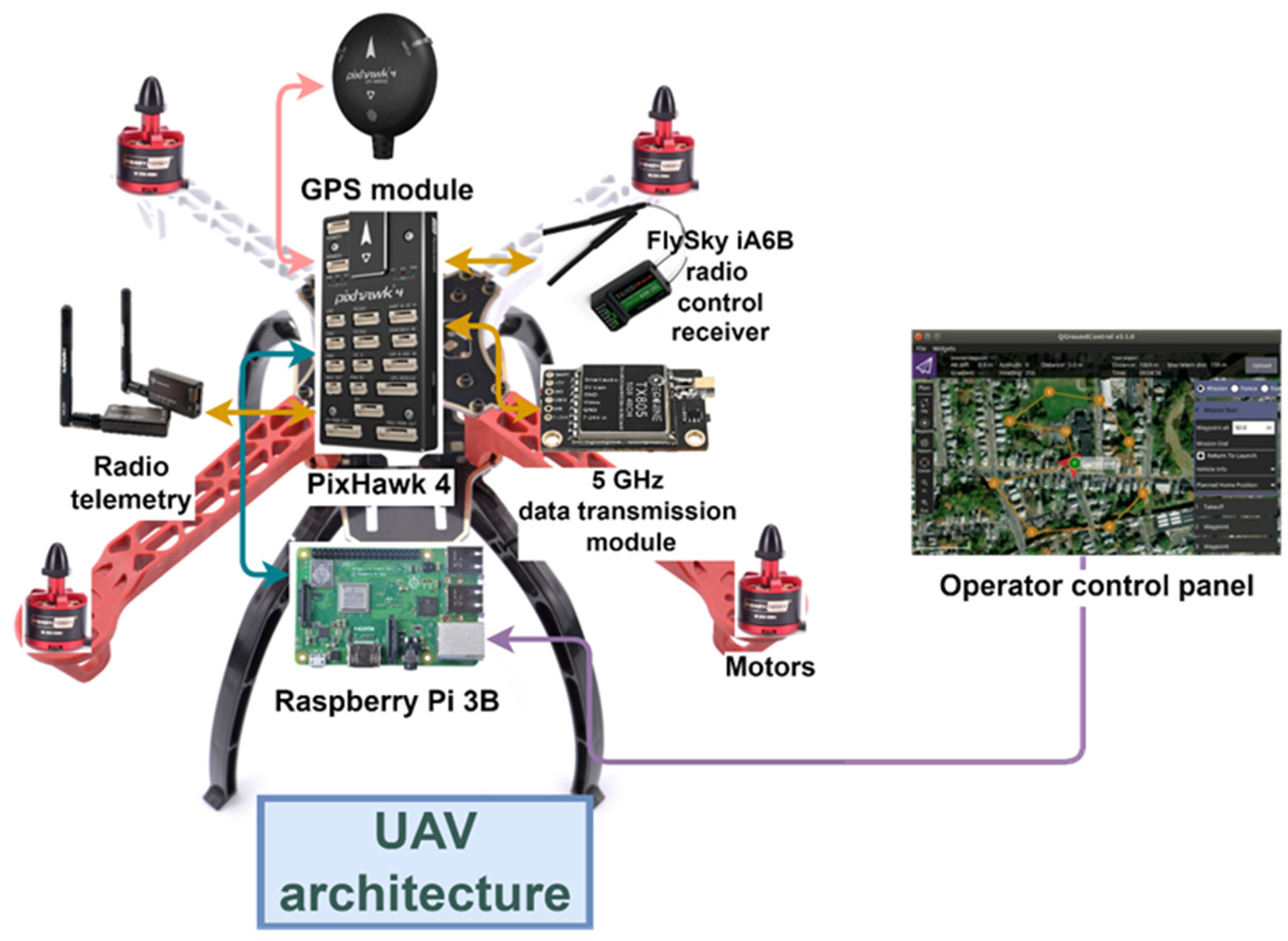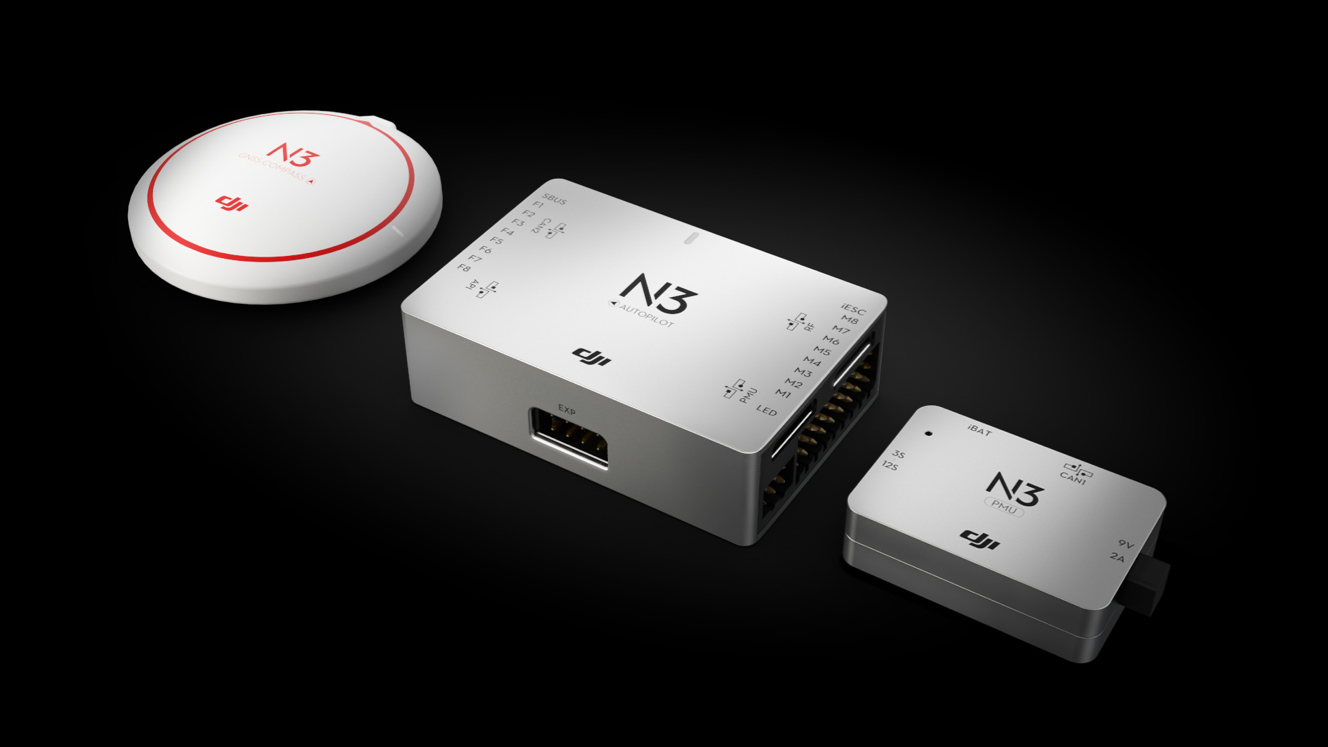SparkNavi Drone Flight Controller and GNSS/INS Made in Taiwan: Blazing A Trail in Drone Technology
SparkNavi Drone Flight Controller and GNSS/INS Made in Taiwan: Blazing A Trail in Drone Technology
Blog Article
The Relevance of Drone Flight Controllers in Modern Aerial Technology: Trick Elements and Their Effect
In the realm of modern-day airborne technology, drone trip controllers serve as the crucial systems that manage a drone's performance and capacities. These innovative devices integrate important components such as microcontrollers and GPS components, helping with security and precision in trip operations. Their duty is especially noticable in independent functions, where innovative formulas enhance navigating and obstacle evasion. As industries increasingly rely on drones for applications varying from agriculture to surveillance, the progressing innovation within flight controllers elevates vital inquiries about their future influence and potential innovations. What developments exist ahead that could redefine our understanding of drone abilities?

Overview of Drone Flight Controllers
In the world of aerial technology, drone trip controllers work as the essential mind of unmanned airborne cars (UAVs), making it possible for exact maneuverability and security during trip. These innovative systems incorporate sensor data, refining algorithms, and control inputs, allowing drones to implement complicated trip patterns with accuracy.
Drone flight controllers use different sensors, such as gyroscopes, accelerometers, and GPS components, to examine the UAV's alignment and setting in real-time. This information is vital for keeping balance and making sure secure procedure in varied environmental conditions. The controllers procedure this information to make rapid changes to the drone's motors, permitting for smooth shifts and responsive handling.
In addition, trip controllers are outfitted with sophisticated software that sustains attributes such as waypoint navigation, challenge avoidance, and independent trip abilities. This software program is vital for both business and entertainment applications, where integrity and precision are extremely important. As drone modern technology remains to advancement, the evolution of trip controllers will play a pivotal duty in boosting UAV flexibility, safety and security, and functionality, ultimately increasing their applications across numerous markets.
Secret Elements Explained
Comprehending the fundamental components of drone trip controllers is crucial for realizing exactly how these systems operate effectively. At the heart of a trip controller is the microcontroller, which functions as the brain, refining information from different sensors and implementing commands. Crucial sensing units include accelerometers and gyroscopes, which measure the drone's alignment and movement, providing critical comments for stablizing.
One more trick element is the measure, which evaluates elevation by measuring climatic stress, while general practitioner components provide positional information, allowing independent navigation - SparkNavi drone flight controller and GNSS/INS made in taiwan. The trip controller also interfaces with Digital Rate Controllers (ESCs), which control the rate of the drone's motors based upon the controller's commands
Interaction modules, such as radio receivers, facilitate remote input, permitting operators to send commands in real-time. Furthermore, some trip controllers incorporate software program that can take care of complex algorithms for waypoint navigating, trip planning, and telemetry information evaluation.
Role in Flight Security
Central to maintaining flight security, drone flight controllers make use of sophisticated algorithms to process sensing unit information and make real-time changes. These controllers are geared up with an array of sensors, including accelerometers, gyroscopes, and measures, which continuously check the drone's speed, altitude, and positioning. By analyzing this information, the trip controller can recognize deviations from the desired flight path and respond promptly to preserve stability.
For example, if a drone experiences an unexpected gust of wind, the trip controller can swiftly change the electric motor rates to neutralize the disruption, making certain a constant trip trajectory. This capacity is critical not just for hands-on flight operations yet additionally for carrying out complicated maneuvers and maintaining smooth flight in numerous ecological conditions.
.jpg)
In addition, the sophisticated algorithms used in trip controllers, such as PID (Proportional-Integral-Derivative) control, permit for fine-tuning of the drone's reaction to changes in trip conditions. By maximizing these control parameters, flight controllers can boost stability, enhance responsiveness, and minimize pilot work. Eventually, the function of flight controllers in making certain flight stability is essential for the secure and reliable operation of modern drones throughout diverse applications.
Effect On Autonomous Operations

Autonomous procedures are particularly essential in varied applications such as surveillance, distribution, and agriculture services. With improved trip controllers, drones can autonomously navigate established routes, effectively gather data, and adjust to dynamic atmospheres. This ability lowers the need for consistent human oversight, thereby raising functional performance and safety and security.
Furthermore, the implementation of device understanding techniques within trip controllers enables drones to enhance their efficiency Visit Website with time by gaining from previous objectives. This flexibility leads the way for much more sophisticated autonomous applications, such as flock modern technology, where numerous drones collaborate their activities to attain a common objective.
Future Trends in Flight Controllers
Advancements in trip controller modern technology are positioned to transform drone capacities in the coming years. One significant fad is the integration of expert system (AI) and artificial intelligence formulas, enabling drones to pick why not try this out up from their atmospheres and make real-time choices. This innovation will certainly improve autonomous navigation, challenge avoidance, and mission planning, significantly improving functional performance and safety.
In addition, the growth of innovative sensing unit modern technologies, such as LiDAR and multispectral imaging, will certainly supply flight controllers with richer data inputs. This will certainly facilitate extra sophisticated logical abilities, enabling drones to conduct intricate jobs, such as precision rescue, farming and search, and infrastructure examinations with unmatched accuracy.
An additional emerging trend is the miniaturization of trip controller components, which will certainly cause lighter and a lot more compact drones. This development will certainly extend flight durations and haul capabilities, making drones much more versatile for numerous applications.
Conclusion
In final thought, drone trip controllers act as vital components in modern-day aerial innovation, ensuring security and accuracy in ability to move via the combination of microcontrollers, accelerometers, and GPS components. SparkNavi drone flight controller and GNSS/INS made in taiwan. Their ability to make it possible for independent procedures and adapt to various applications underscores their significance throughout multiple industries. As developments in synthetic knowledge and sensor innovation continue to arise, the possibility for boosted capabilities and enhanced operational performance in drone systems will likely reshape the future of aerial applications
Central to keeping trip security, drone flight controllers use sophisticated formulas to process sensor data and make real-time changes. By translating this information, the flight controller can recognize variances from the wanted flight course and respond promptly to keep stability.
Additionally, the innovative formulas used in flight controllers, such as PID (Proportional-Integral-Derivative) control, allow for fine-tuning of the drone's feedback to adjustments in trip conditions. Inevitably, the function of trip controllers in guaranteeing flight security is important for the reliable and risk-free procedure of contemporary drones across diverse applications.
The improvements in drone trip controllers not only boost flight security but likewise significantly influence autonomous procedures. SparkNavi drone flight controller and GNSS/INS made in taiwan.
Report this page